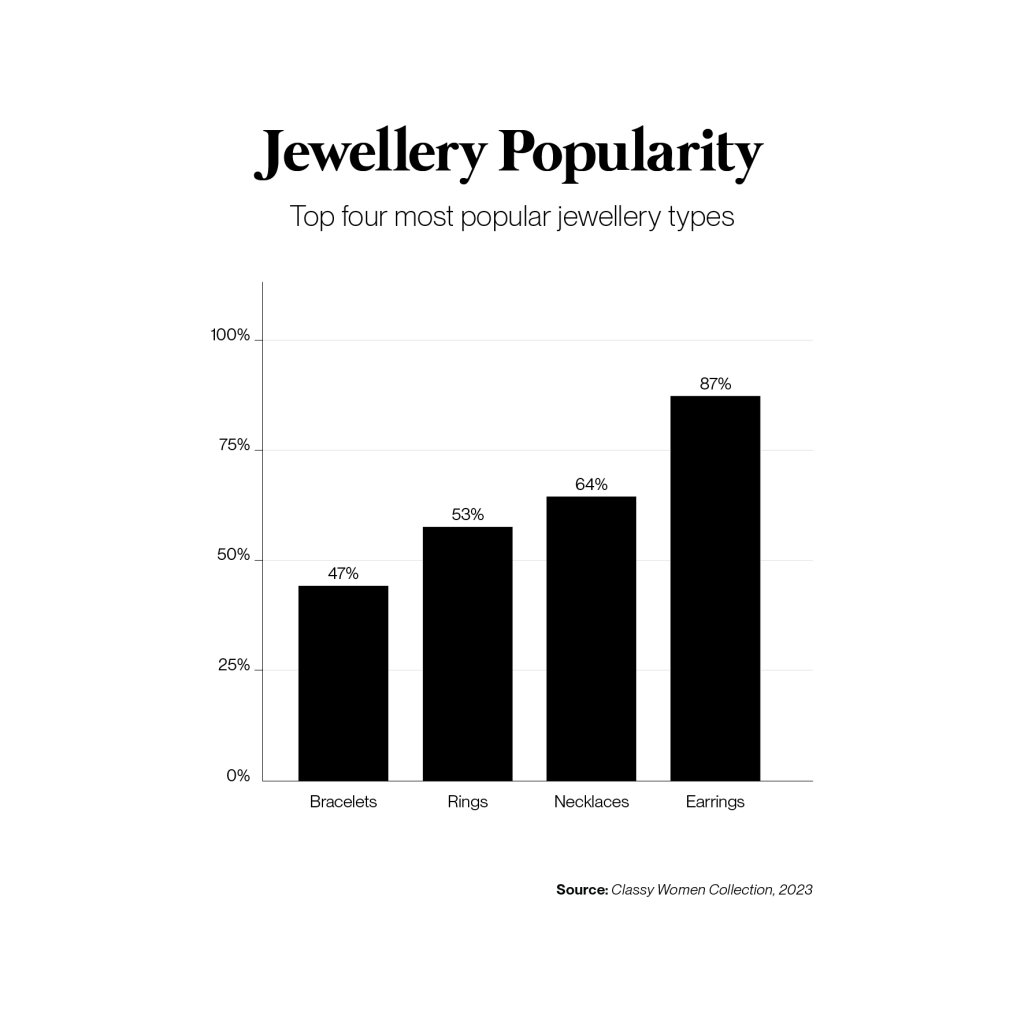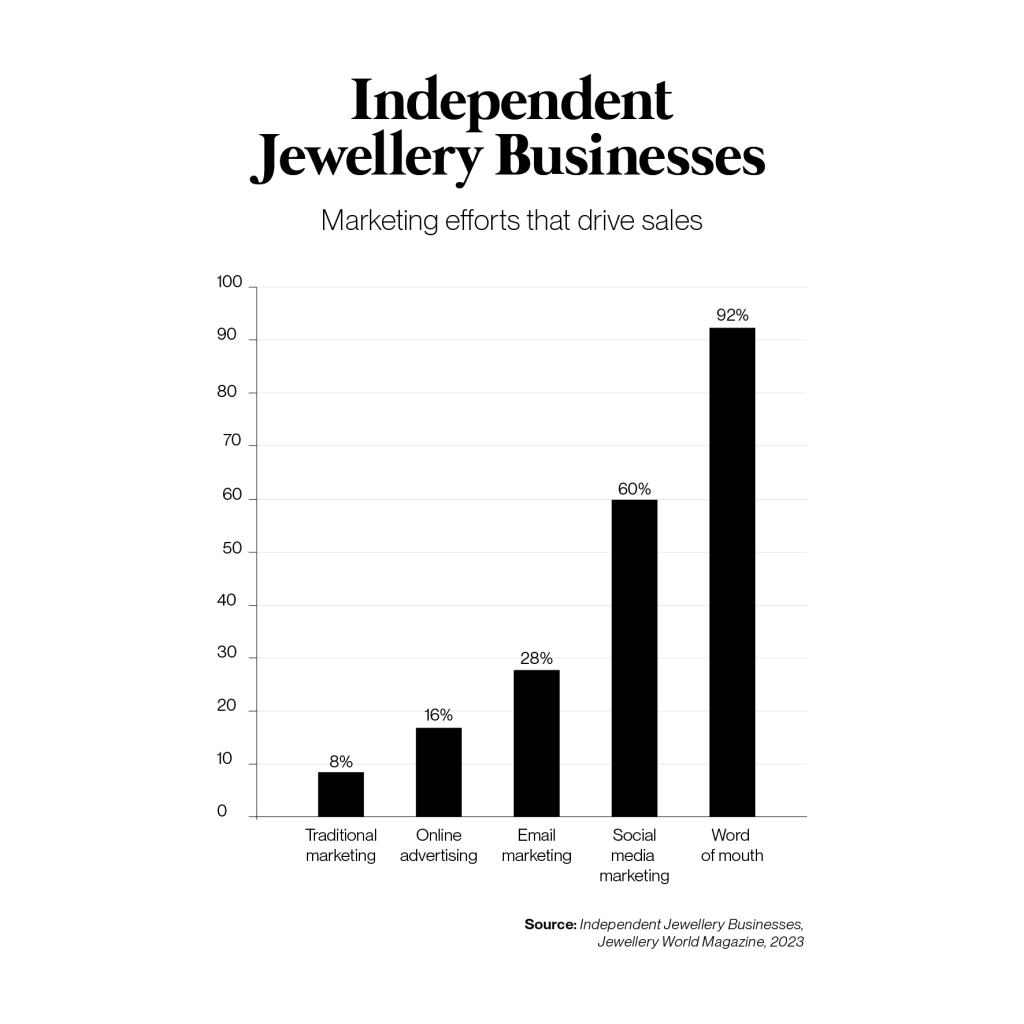
The diamond jewellery market has slowed down for a few reasons. First and foremost, the current economic climate of increased interest rates has created uncertainty. What does that mean in our world? If a couple plans to get married and wants to buy a house, they must rethink their finances. It doesn’t mean they won’t get engaged, but it could slow their decision-making.
We could talk about a bunch of political issues which cause worldwide instability like war or China and US relations, but that puts pressure on how people feel. However, nothing does so more than a person having less money in their wallet at the end of the month. As usual, I often look at how the diamond jewellery retailer is feeling and thinking. Are they buoyant, highly optimistic, or still enjoying the benefits of the lab-grown gravy train? It could be yes and no to varying degrees, and whether or not they choose to participate in the lab-grown diamond (LGD) story.
One thing is clear, we are not seeing retailers in a hurry to replenish their stock. They’re being cautious, and those who have focused on the lab-grown market are seeing a reduction in turnover but not in net profit margins. If you’ve felt the slowdown, and a small percentage might say they haven’t at all, we take our hats off to you. We’d love to know what you’re doing differently. So I decided to find out. I have been out and about asking questions and trying to understand what the Pareto principle (80/20 rule) tells us. 80 percent of people feel the pinch, and 20 percent are knocking it out of the pitch. Is there one secret ingredient? Yes, there is. The question is, “How much effort are you willing to put in to get the answers?”
I want to highlight a conversation I had with a psychologist while sipping coffee and watching the waves at Bondi Beach. As we were having a philosophical discussion about life, he said to me, “A great psychologist is one who asks great questions.” Based on this, I want to turn the question to you. What actions do you need to take? What aspects of your business should you know, but don’t? What has been happening within your business in the last 12 months that can sustain the momentum from the previous year?
Few retailers can tell how many people physically walk into their business every month, and I’m not talking about guesstimates – I mean hard data. Let’s take a step before that. How many people contact them to make an appointment? How many reach out via email, phone, text, or Instagram? Have you captured this data? Do you know exactly what your conversion rate is? How many people did you meet with, and how many did you sell to? Do you know your profit margin across the board and in each category? What is the timeframe from a new customer making contact with you, to the moment you close the sale and take the money? What additional costs are there per sale, such as bags, boxes, ribbons, small gift items, or resizing? What is your cost of acquisition of a new customer?
Many retailers would be shocked to know how much they’re spending on Google ads and other leads, and then knowing truly what their cost of acquisition is. If your website manager can’t tell you the cost of acquiring a lead, you still need to figure out from 100 leads how many sales you made and what they cost you. If you don’t have that information at your fingertips, you’re burning money, and it will only get worse. Most small retailers who read this will find it incredibly confronting because they’re so busy managing the jewellery being made or sourced, not to mention special requests, repairs, and a raft of other things. They can’t even contemplate where they’re going to find time to build a system that will capture this information or understand how to interpret it and use it to their advantage.
I’m not suggesting it’s easy. However, only the numbers and the data will tell the true story. You need to take away the emotion and your instincts. Instincts only go so far, but data doesn’t lie or play to our ego. Yes, I was the biggest failure in this space, I would listen to my instincts but fail to summon and analyse all the data. There are many useful data collection tools and options that are available, for instance, online surveys, social media analytics, CRM software, focus groups, sales data analysis, and retail store traffic analytics. The tools and possibilities are at your fingertips, you just need to make it work for you.

Have you seen this data? Yes, it’s from the US, but I am confident that Australia would reveal similar information. The report was published in January 2023 by Classy Women Collection in the US, with data sources from GWI, Statista, Edahn Golan, Trading Economics, and the World Economic Forum.

Why am I including it? Because I asked the question on Google about which items of jewellery sell the most worldwide and got this response, it goes back to asking great questions. We need to keep asking questions and looking at the data, the answers will reveal the opportunities. So, is there a slowdown? Yes. What can you do about it? Analyse your business and look for opportunities. They are there. You just haven’t stopped to ask the right questions or capture and analyse the data.

Trade well,
Rami Baron
President, Diamond Dealers Club Australia.
rami@ddca.org.au
Further reading: